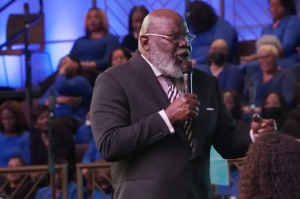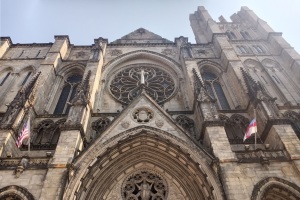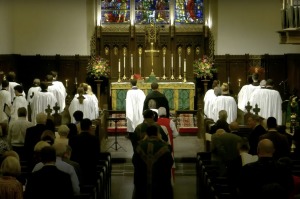Details of Easter Conflicts in Vietnam Remain Uncertain
During the Easter weekend of April 10 and 11, and on some days afterward, Montagnards in Vietnam’s Central Highlands attempted to stage demonstrations to call attention to the harsh injustices they suffer at the hands of communist authorities and ethnic Vietnamese settlers.
Tribal demonstrators planned to travel from home villages in a coordinated manner to several main centers, especially Buonmathuot and Pleiku cities. According to reports from Montagnards in the Central Highlands, civilians and Vietnamese security forces dressed in civilian clothes attacked the demonstrators with weapons such as clubs with embedded nails, iron bars, chains, hoes and machetes. An unknown number of Montagnards were killed, hundreds more were injured and many are missing. These have either been arrested or have fled.
The government now admits the demonstrations involved thousands of people.
Information from several sources poured out after the events. The Vietnamese government mounted an aggressive propaganda campaign. On the other extreme, a U.S.-based organization supporting Montagnard rights, called the Montagnard Foundation Inc. (MFI), circulated its version of events.
At midweek, they released a list via the Internet of the villages of 139,000 demonstrators who they said had counted the cost and joined the demonstrations. Some MFI releases talked of 150,000 demonstrators. By April 12, MFI released news that 400 Christians had been killed. Several Christian news services published this figure and related “news” in additional releases without further confirmation.
A third line of reporting by Human Rights Watch (HRW) and other agencies avoided MFI exaggerations but challenged Vietnam on its denials, minimizations and cover up. HRW released a report on April 14 that covered the events of the previous days and included solid documentation of heavy repression in the months leading up to the Easter weekend outbreak. HRW followed on April 22 with a significant release detailing events of April 10 and 11, based on credible sources. It reported that at least 10 people had been killed, but admitted it was impossible to cite accurate casualty figures and therefore called for international observers to investigate.
On April 29, the World Evangelical Alliance Religious Liberty Commission weighed in with a thoughtful analysis piece involving testimony from eyewitnesses . On the same day, Amnesty International began to challenge Vietnam on its crude policies toward Montagnards and published a list of eight who had died in the demonstrations.
The Vietnamese government first responded to these events with silence, denials, and minimization, then moved to admitting that a problem existed. Vietnam blamed the conflict on naive Montagnards -- who had learning disabilities, according to one source, and were easily duped. They then painted themselves as victims of an evil plot of hostile outside forces.
Just over two weeks after the events, Vietnam took foreign diplomats and journalists to the location of the unrest. The government has allowed foreign journalists, including Americans, to check things out for themselves. Yet with the restrictions imposed on the journalists and diplomats, many believe the truth about what happened was concealed.




























